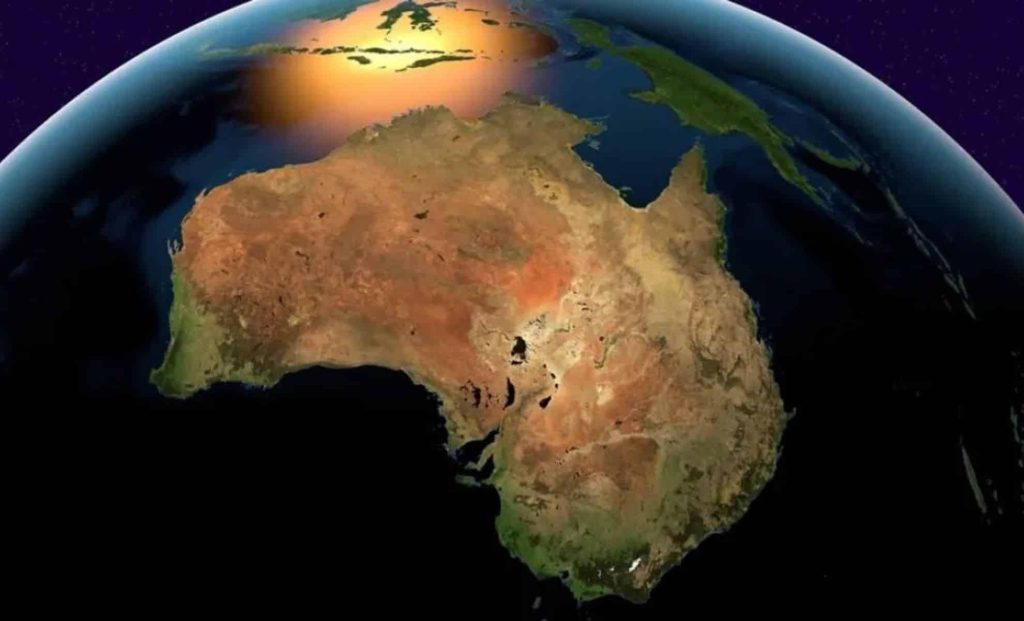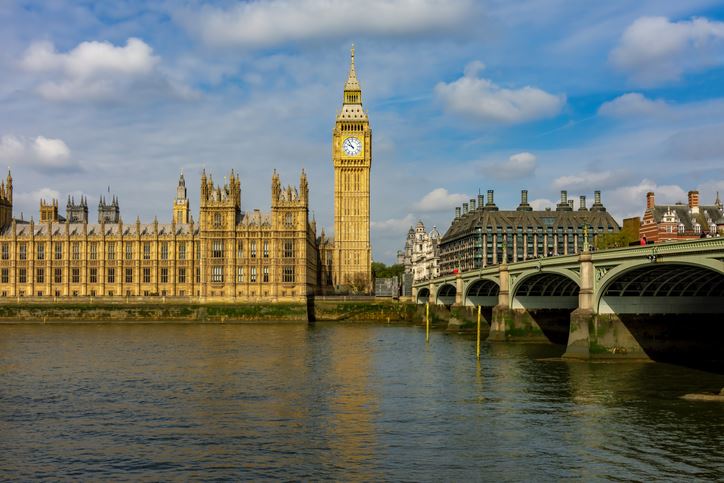World’s Fastest Continent Is on a Collision Course With Asia—And It’s Moving Faster Than You Think – The Daily Galaxy –Great Discoveries Channel

Australia is on a slow but unstoppable collision course with Asia, drifting 2.8 inches (7 cm) northward every year—the same speed your fingernails grow. Over millions of years, this movement will reshape landscapes, trigger earthquakes, and even alter ecosystems as Australia’s unique wildlife collides with Asia’s dominant species.Australia may seem like a stable landmass, but it’s slowly creeping northward, heading straight for Asia at a surprising speed. Scientists say the continent is drifting at 2.8 inches (7 cm) per year—roughly the same rate as human fingernail growth. This might sound insignificant, but over millions of years, it adds up to a massive geological shift that will eventually reshape the region’s landscape, climate, and biodiversity.This movement is part of a much larger process—plate tectonics, which has been shaping Earth’s continents for hundreds of millions of years. Around 80 million years ago, Australia broke away from Antarctica, and for the past 50 million years, it has been steadily drifting north. But the journey isn’t over yet. According to scientists, the Indo-Australian Plate, which carries Australia, will eventually collide with Asia, triggering massive geological and environmental changes.Although the full collision is still hundreds of millions of years away, the effects of Australia’s movement are already being felt. The stress along tectonic plate boundaries is leading to increased seismic activity, which could mean more earthquakes and other geological shifts in the region.Professor Zheng-Xiang Li of Curtin University has long studied this phenomenon. In 2009, he stated, “Whether we like it or not, the Australian continent is going to collide with Asia.” He explains that the movement is part of a cyclical pattern, where continents drift apart and then eventually come back together—a process that has occurred multiple times in Earth’s history.One of the most famous results of this tectonic activity was the formation of the Great Barrier Reef. As Australia drifted into tropical waters, conditions became perfect for coral growth, leading to the creation of the largest reef system on the planet. But as Australia continues northward, new land formations, mountain ranges, and even changes in ocean currents could dramatically reshape the region’s ecosystems.A future collision between Australia and Asia won’t just impact geology—it will dramatically change biodiversity. Australia is home to some of the world’s most unique animals, including kangaroos, wombats, and the elusive platypus. But what happens when the continent merges with Asia, home to an entirely different set of species?This question has sparked intense debate among scientists and nature enthusiasts alike. Some believe that many of Australia’s iconic marsupials could struggle to compete against Asian mammals, potentially leading to extinctions. Others think that animals like wombats, possums, and tree kangaroos might adapt and thrive, while more specialized species, such as the koala, could face an uncertain fate.Australia’s northward drift isn’t just a problem for the distant future—it’s already causing issues today. In 2016, scientists discovered that Australia’s entire GPS coordinate system was off by 1.5 meters (4.9 feet) due to the continent’s movement. As a result, Australia had to adjust its official coordinates by 1.8 meters (5.9 feet) to ensure that GPS systems remained accurate.As the continent continues moving, navigation systems, infrastructure, and satellite mapping technologies will need constant updates to prevent errors. This could have significant implications for autonomous vehicles, precision agriculture, and aviation, where even minor inaccuracies can lead to major disruptions.While the idea of Australia crashing into Asia might sound catastrophic, the reality is that plate tectonics is an unstoppable force. The Earth’s continents are constantly shifting, and while these movements happen slowly, their impact over millions of years is profound.For now, Australians don’t need to worry about waking up in a new continent, but the movement is real, measurable, and already affecting daily life in unexpected ways. Whether it’s shifting coastlines, increased seismic activity, or the long-term fate of Australia’s wildlife, the continent’s journey northward is an unfolding story that will continue for millions of years to come.You don’t know what I think.Comment Save my name, email, and website in this browser for the next time I comment.
© 2024 | Daily Galaxy | All rights reserved
Source: https://dailygalaxy.com/2025/02/worlds-fastest-continent-collision-asia/






